Keto Carb Limit vs Low Carb Limit: 10 Easy Tips
Low carb and Keto diets are all the rage these days. You probably hear the opponents and proponents of each and wonder what the difference is between the keto carb limit vs low carb limit.
All of the contradicting information can be confusing. For many years, dieters and health-conscious eaters were told to avoid foods high in fat. Now we are told fat is our friend, and it was all that low fat and nonfat food making us unfit.
If you find your head spinning with all of the information out there, you are not alone. If you are committed to losing weight and getting healthy, you should know the facts about keto carb limit vs low carb limit before deciding which diet is right for you.

Before jumping into any diet plan, research and gather your information. What really is the difference between a Keto diet and any other low carb eating plan? What exactly are the carb limits for each?
Let’s get started and stay on track with these ten tips to break it down for you.
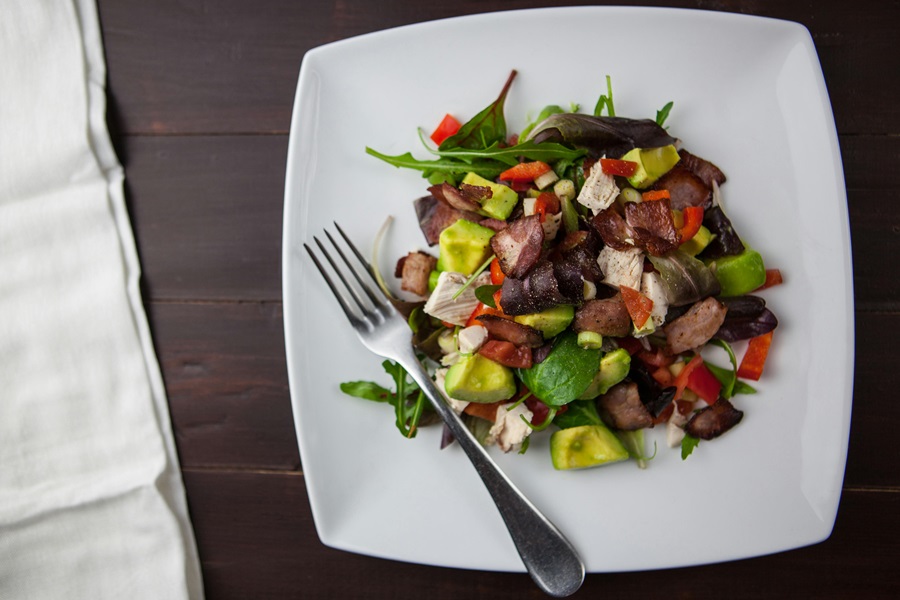
Keto Carb Limit vs Low Carb Limit: 10 Easy Tips
A low carb diet takes many forms. The Atkins diet, South Beach, Low FODMAP, Paleo, and even Whole30 all reduce your carb intake to some extent. The reasoning is that not all carbs are created equal.
While some can have negative effects on your health, others can actually be good for you. Some carbs provide vitamins, nutrients, and fiber that your body needs.

Healthy carbs can also boost your serotonin levels to literally make you feel good. On the other hand, certain carbs can also cause a spike in your blood sugar. When it drops back down, you feel lethargic and foggy.
One thing both low carb and Keto seem to agree upon is that processed foods and sugar are carbs to be avoided because they cause this blood sugar spike. When following a Keto diet, your carb intake is drastically reduced to the point where your body is burning ketones (fatty acids), and thereby, fat for energy instead of glycogen stores which come from carbohydrates.
Once your body is in a state of ketosis, weight loss is dramatic, and side effects from consuming carbs (e.g., brain fog, lethargy) are said to clear up.
Keto Carb Limit vs Low Carb Limit | Either One, Right?
The amount of carbs allowed in any low carb diet versus a keto diet is significant. Regardless, you can lose weight with either one. As with any diet that reduces carbs, you will lose some water weight in the beginning.
After that, you may experience a stall in weight loss. This doesn’t mean the diet has stopped working. Surely you have heard the saying, “muscle weighs more than fat.”

In the case of your low carb diet, a short plateau may mean you are burning fat. The results will be there if you stick with the plan. It’s also possible that you are eating the wrong low-carb foods, which is a pitfall with either diet and one big reason you would not continue to lose weight.
Unfortunately, many ” keto-friendly ” and low-carb foods, bars, snacks, and so-called healthy sugars can slow down the fat-burning process. Even consuming too much dairy can do this.

Keto Carb Limit vs Low Carb Limit | “It’s Complicated”
Simply reducing the carbs that you eat does not mean that you immediately begin burning fat for energy. In fact, when moving from a higher-carb diet to any low carb diet, you might find yourself feeling moody, foggy, and tired.
This is especially true for Keto. Some people have even reported having headaches and feeling nauseous and dizzy. This is commonly called the Keto Flu.
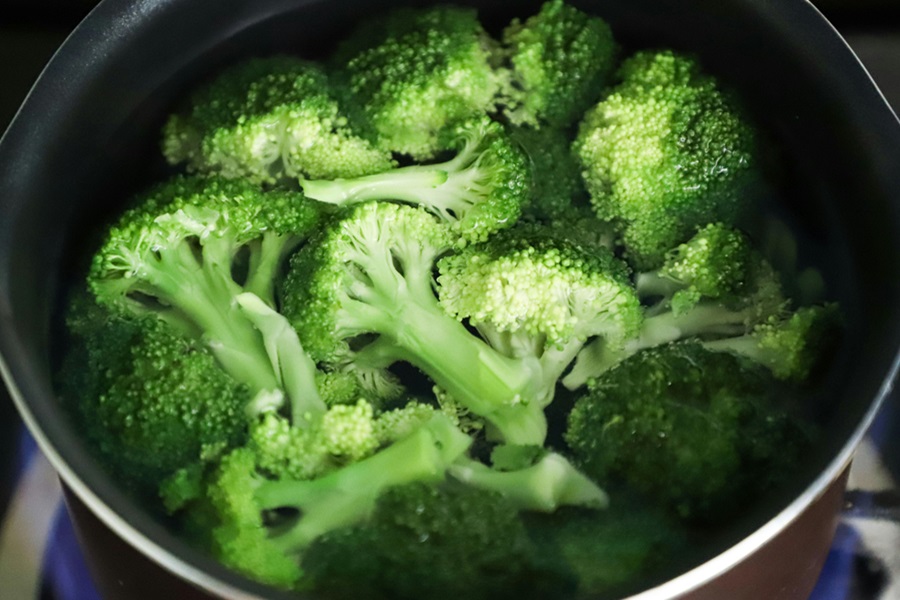
In severe cases, a more gradual reduction in carbs might be recommended. The process of putting your body into ketosis is complicated. As your body adapts to Keto, your cells become more efficient in producing energy and replicating.
They begin to use ketones instead of sugar for fuel and can shift into ketosis more quickly. This means that the longer you stick with a strict Keto diet, the more carbs you will be able to consume and still stay in that goal state.
Whether you gradually reduce your carbs on your way to ketosis or get there quickly, it is recommended that the best way to become an efficient ketone-burning machine is to stay on a strict Keto diet for at least three months (and up to six) before attempting to make any adjustments to your carb consumption.
Keto Carb Limit vs Low Carb Limit | Test Your Ketone Level
When the right amount of ketones is present in the bloodstream, your body most efficiently uses fat for energy. However, unless you are truly in ketosis, your body may still be using stored carbohydrates for energy.
The only way to really determine if you are in ketosis is by testing your ketones. This can be done by testing your blood or urine. Both types of kits are readily available online, although most experts believe you can get a more accurate reading with a drop of blood.
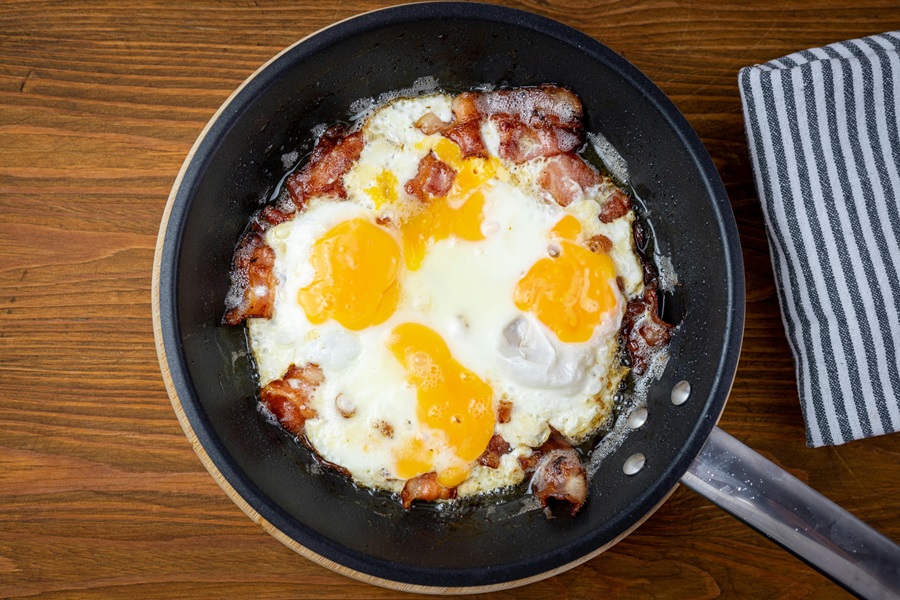
If this makes you squeamish, opt for the urine strips. As far as interpreting the numbers, it’s a general opinion that anything below a reading of 0.5 is not ketosis.
A reading between 1.5 – 3.0 means you are in a state of optimal ketosis. Levels in between 0.5 and 1.5 are precisely that: in between. You might be burning some fat, but you may need to make some dietary changes to reach the optimum level of ketosis.

Keto Carb Limit vs Low Carb Limit | Watch Your Sodium
One side effect of ketosis (and any strict low carb diet) is that your kidneys begin to excrete sodium. This may sound like a good thing, but low sodium levels can cause problems.
You may want to add sodium to the bone broth you sip or to some of your food. This is not to say you should consume massive amounts of salty meats or add a ton salt to your food.
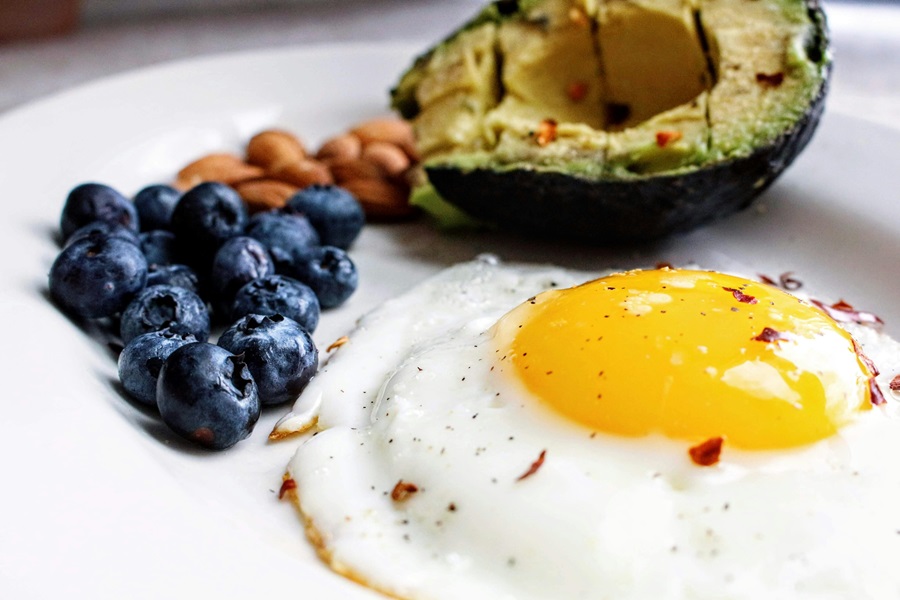
However, if you are someone who is experiencing Keto Flu symptoms or adrenal fatigue, you should consider adding 5 grams of sodium per day to your diet.
It is recommended to add 3 grams in your food and 2 grams should be from bone broth or bouillon.
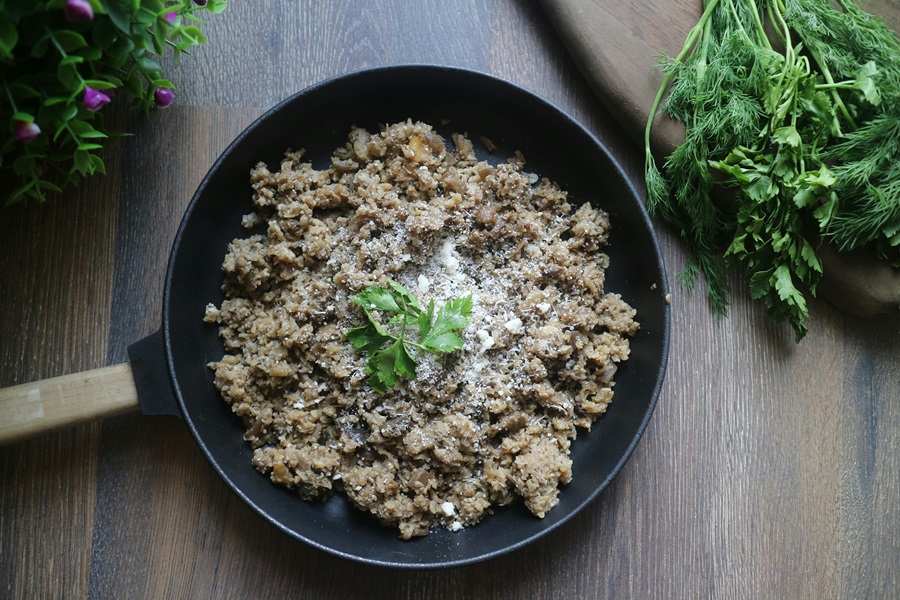
Keto Carb Limit vs Low Carb Limit | Macro Ratios Matter
“Macro” is short for “macronutrients,” and your macro ratio is the percentage of fat, protein, and carbohydrates that make up your diet. A low carb diet usually tends to emphasize the reduction of carbs and increase protein intake while maintaining or even reducing how much fat you eat.
Many low carb diets weigh protein and fat intake equally (or protein even higher than fat). Keto diets are significantly higher in healthy fats. The thinking is that too much protein raises blood sugar, similar to carbs, and if they are not burned, they will turn to carbohydrates.
This would negate the whole idea of burning fat for energy.

Keto Carb Limit vs Low Carb Limit | Keto Does Not Add Back Carbs
If you are going Keto, say goodbye to bread, cookies, sugar, and pretty much everything carb-based. Unlike low carb diets such as South Beach and Whole30, Keto does not add back the so-called healthy carbs over time.
The moment you add back those carbs, your body will be out of ketosis, and the benefits of Keto will be lost. Cheat days don’t exist either.
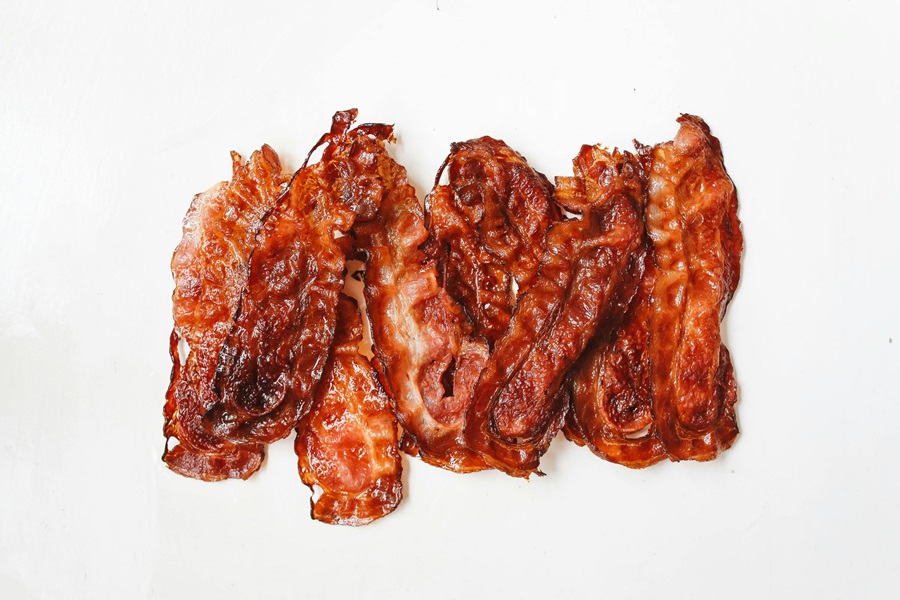
Keto Carb Limit vs Low Carb Limit | How You Exercise Will Be Different
You will want to exercise differently on a Keto diet than you might with a standard low carb diet. Steady, longer-duration cardio exercise puts your metabolism into a fat-burning zone, making it a great form of exercise for the Keto dieter.
Long walks, jogging at a moderate pace, and swimming at a steady rate for over 20 minutes are all great ways to burn additional fat for energy without your body needing to refuel with carbohydrates.

Anaerobic exercises, like HIIT workouts and weight lifting, burn carbohydrates first and foremost, which means the Keto diet won’t provide enough energy. If you are an athlete or bodybuilder and on a Keto diet, you will need to modify your workouts to give your body what it needs.
For most of us though, too much of this type of high-intensity exercise is not recommended.

Keto Carb Limit vs Low Carb Limit | How Many Carbs are Low Carb?
Low carb diets require varying levels of carb intake, but the most widely used ratio starts with 40% protein, 30% carbohydrates, and 30% fat. If you want to measure your carb intake simply, you are looking at about 100-150 grams of carbohydrates each day.
This is considered a standard low-carb intake.
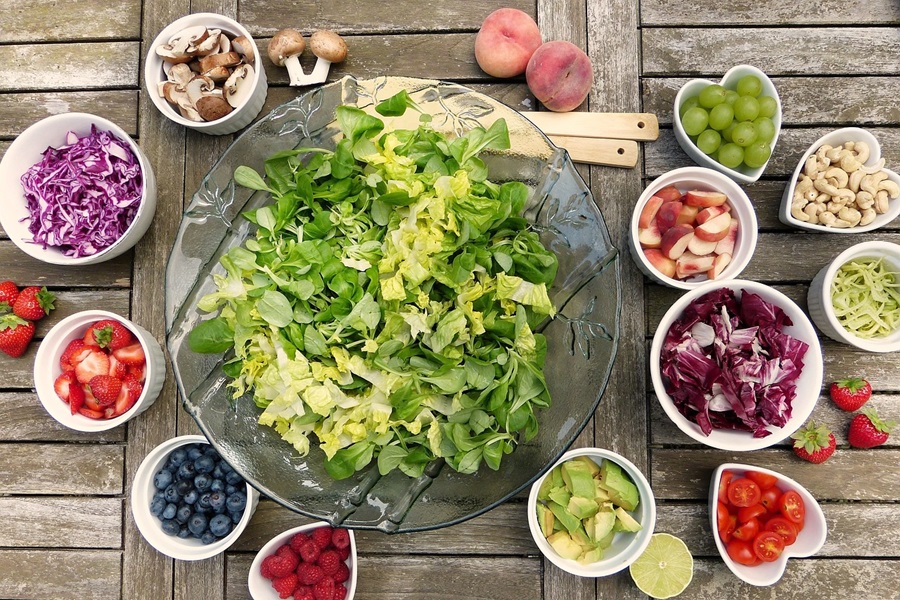
Keto Carb Limit vs Low Carb Limit | What Exactly is the Keto Carb Limit?
While opinions vary, it is widely accepted that 35 grams or less of total carbohydrates per day is enough for most people to reach ketosis. Some people may get away with slightly higher carb intake, while others may find that they need to limit carbs even more.
Keeping in mind that Keto puts an emphasis on healthy fats, your macro ratio should generally be 60% or more calories from fat, 30% from protein sources, and 10% or less from carbs which should include mostly high fiber vegetables and very small amounts of berries.
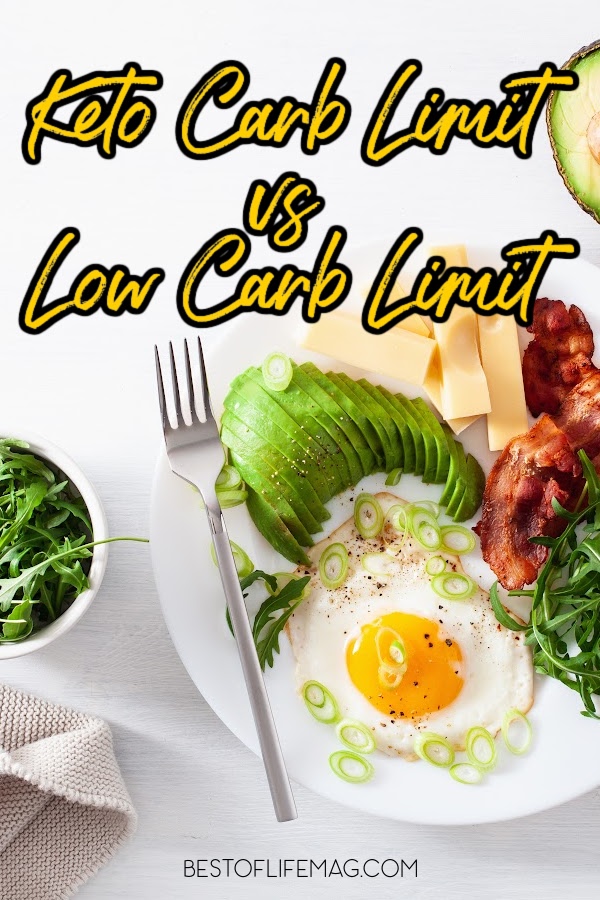
More Keto Ideas
Whole30 vs Paleo vs Keto: What’s the Difference? | There are multiple diets people use to hit goal weights. Which will you choose?
21 Day Fix vs Keto: What’s the Difference? | Incorporating a diet plan is important if you have muscle goals.
10 Tips for Starting a Ketogenic Diet | Everyone has to start somewhere. You will be able to start with a leg up.
Keto vs Atkins: Low Carb Diet Differences | Do you need a more detailed look at a couple of diet plans?
Keto vs Paleo Diet: What’s the Difference? | Paleo is not a bad idea, either. But which is right for you?







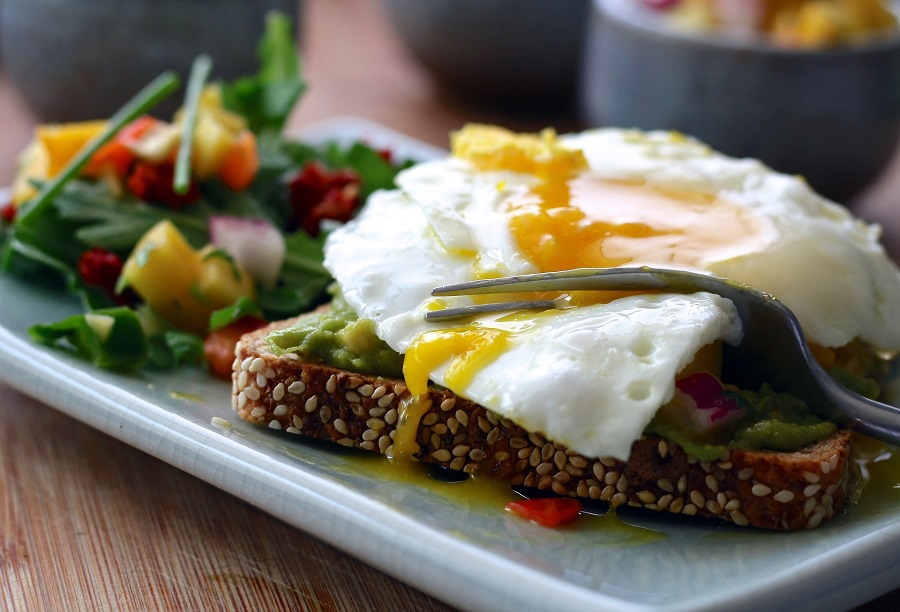
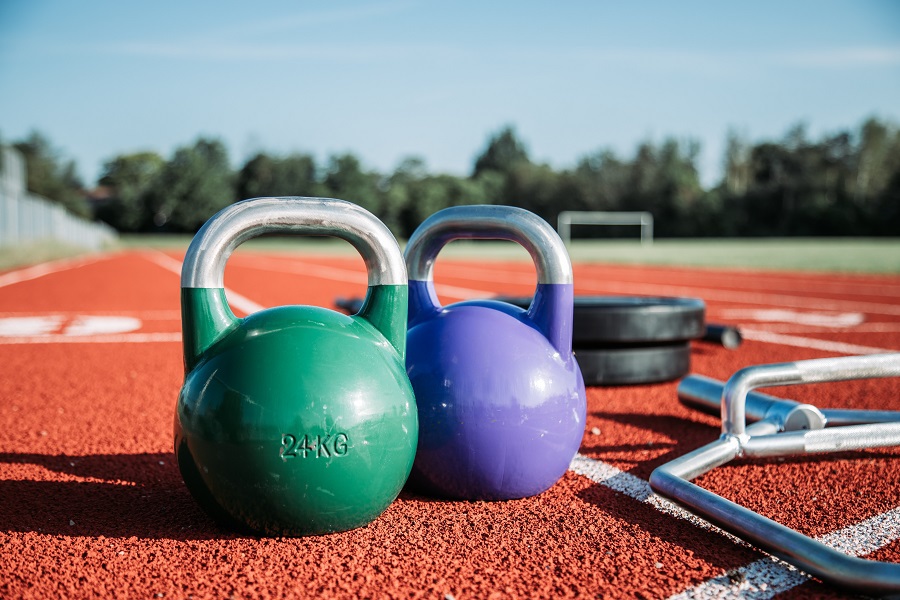
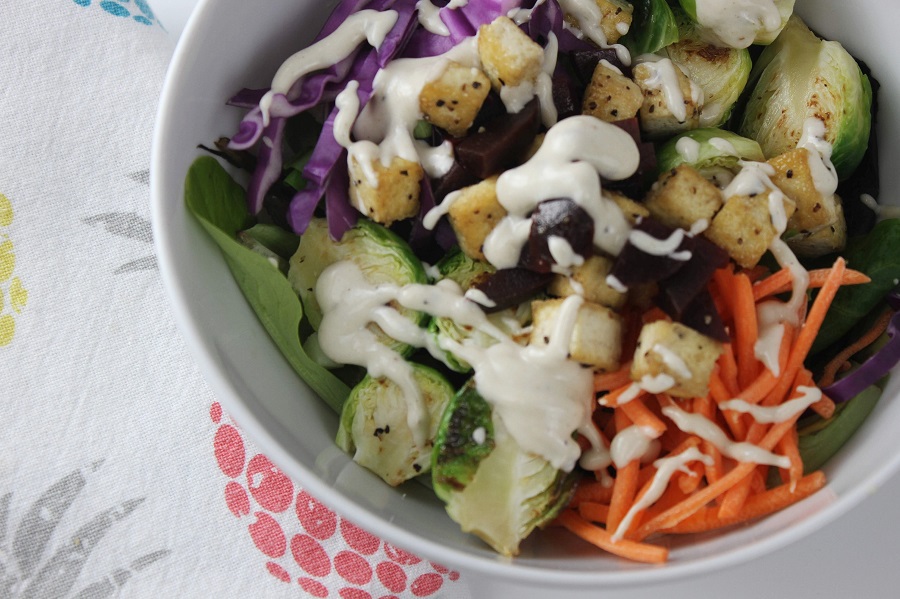


Great information, with a simple and wonderful explanation, is sure to be very useful when choosing the ideal diet. Thanks for sharing.
Thank you!
Every time I do the Keto diet it works really well for weight loss but I always get so lethargic! It’s easier for me to do low cards than a strict Keto diet, however it does work fast for weight loss! Great article thank you.